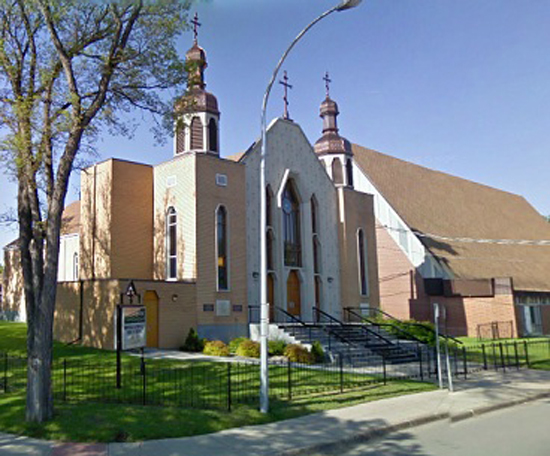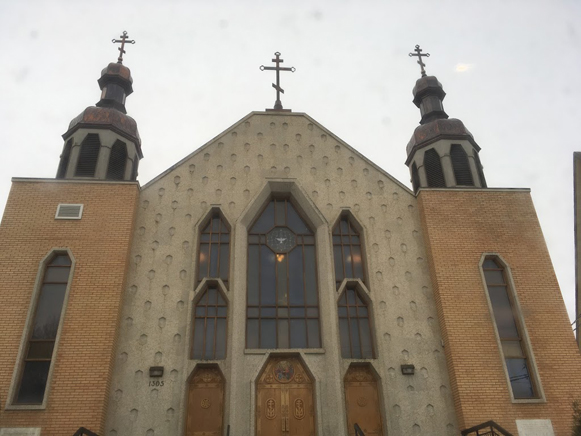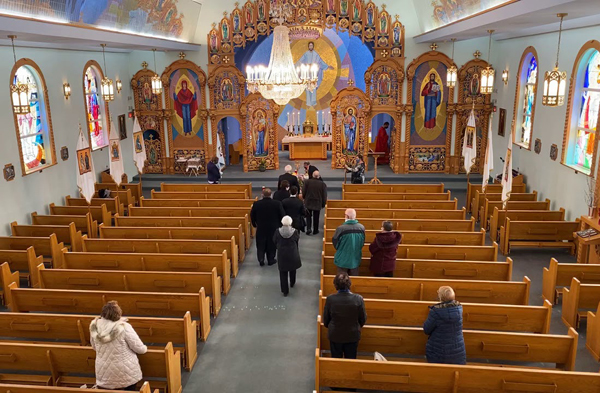Regina
Regina. The capital (2016 pop 215,106) and commercial center of Saskatchewan, with a Ukrainian population (1981) of 14,455. Ukrainians, mainly laborers or railway workers, began to settle in Regina in the mid-1890s. In 1909 the provincial government set up the Training School for Teachers for Foreign-Speaking Communities there, which by 1914 had graduated about 100 Ukrainian teachers. By 1911 there were about 500 Ukrainians in Regina, most of them from Bukovyna. The political association Ukraine (est 1914) merged in 1917 with the local branch of the Ukrainian Socialist Democratic party (est 1914) to form the Ukrainian Workers' Association. When this organization took on a pro-communist profile, its nationalist members left and formed the Prosvita society, in 1921. The remaining members went on to establish a local of the Ukrainian Labour-Farmer Temple Association. The Ukrainian Orthodox parish of the Descent of the Holy Spirit (est 1924) built its first church in 1928 and a larger one in 1960. Saint Basil’s Ukrainian Catholic parish (est 1925) consecrated its church in 1929 and a new church in 1960. A branch of the Ukrainian National Federation, organized in 1933 by the Prosvita Institute and the Ukrainian War Veterans’ Association of Canada, ran a Ukrainian school and a cultural program. The University of Regina began to offer Ukrainian language courses in 1966 and Ukrainian literature courses in 1971. In the 1991 census, only 2,285 inhabitants of Regina stated Ukrainian was their mother tongue.
[This article originally appeared in the Encyclopedia of Ukraine, vol. 4 (1993).]



.jpg)